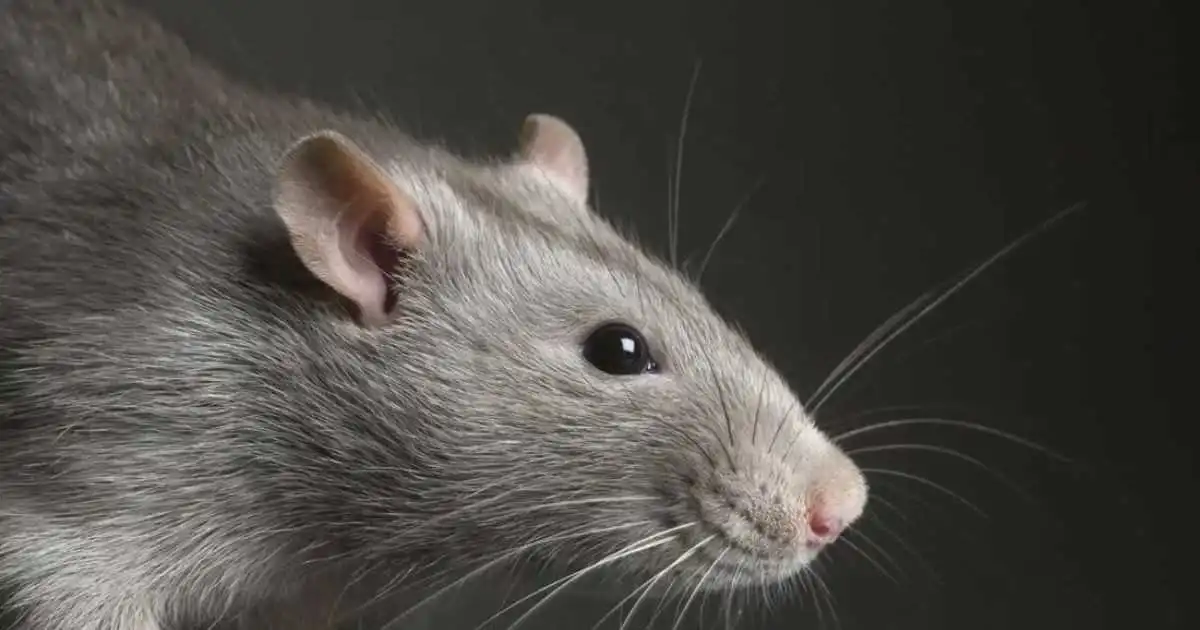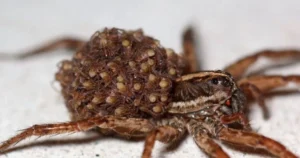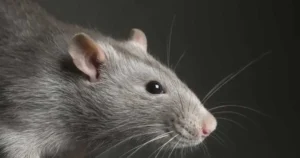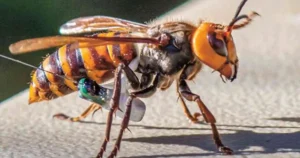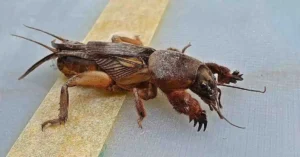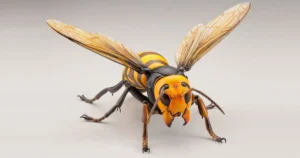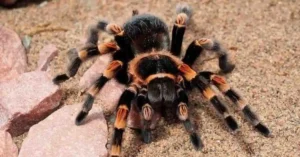Rats and mice are unwelcome guests that pose significant risks to both health and property. These pests can carry diseases, contaminate food, and cause structural damage by gnawing on wires and insulation. In this guide, we explore the most effective strategies for killing rats and mice quickly, using humane and safe methods.
Understanding the Problem: Why Rats and Mice Are Dangerous
Health Risks
Rats and mice carry over 35 diseases, including leptospirosis, hantavirus, and salmonellosis. They transmit these illnesses directly through bites, urine, and feces, or indirectly through fleas and ticks that live on them.
Property Damage

Rodents gnaw continuously to keep their teeth sharp. This behavior can lead to fire hazards when they chew electrical wires or structural damage when they burrow into walls and insulation.
Recognizing Signs of Rodent Infestation
Detecting an infestation early is key to swift and effective elimination. Look out for these signs:
- Droppings: Small, dark, pellet-shaped droppings are a clear indicator of rodents.
- Gnaw Marks: Check furniture, baseboards, and wires for chew marks.
- Nesting Material: Shredded paper, fabric, or plant material often indicates nesting activity.
- Nocturnal Activity: Scratching or scurrying noises in walls or ceilings at night.
- Smudge Marks: Oily rub marks on walls or along baseboards where rodents travel.
Effective Methods for Killing Rats and Mice
1. Trapping
Traps are a chemical-free and effective way to control rodents.
Snap Traps
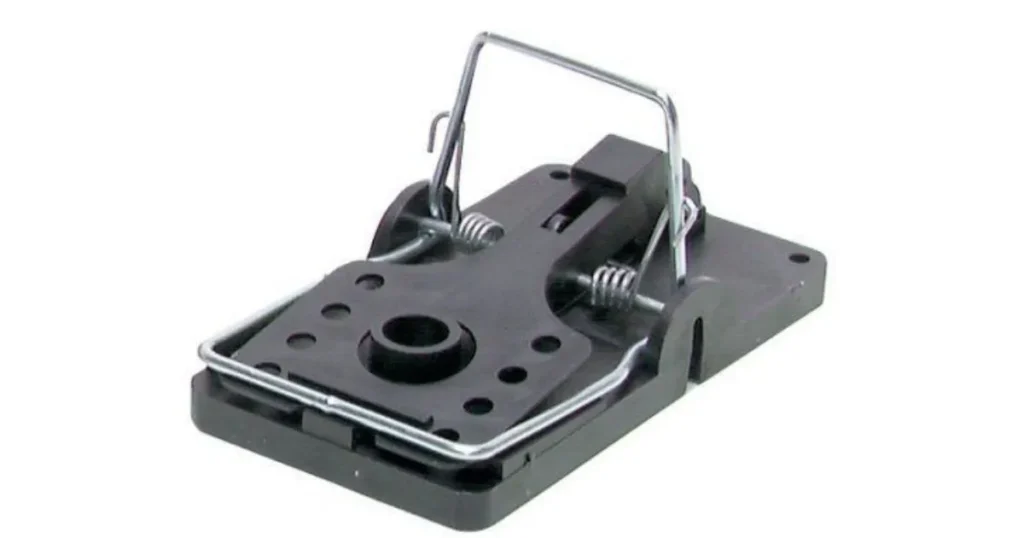
Traditional snap traps are affordable and reliable. For best results:
- Place traps along walls where rodents travel.
- Use bait like peanut butter, cheese spreads, or nuts.
- Set traps about 10 feet apart for mice and 15–20 feet for rats.
Glue Boards
These traps are sticky surfaces that immobilize rodents. However, they can be less humane and are best used in low-traffic areas.
Electric Traps
Electric traps deliver a high-voltage shock, killing rodents instantly. They are reusable and easy to set, making them a clean and efficient option.
2. Poison Baits
Rodenticides are effective for large infestations but should be used with caution:
- Advantages: Baits are effective for hard-to-reach areas.
- Disadvantages: Poisoned rodents may die in inaccessible locations, leading to odor issues.
- Safety Precautions: Always place baits in tamper-proof stations to protect children and pets.
3. Mouse and Rat Traps
Traps are innovative solutions that offer a clean, safe, and effective way to eliminate rodents:
- Design: These traps use a tunnel and ring mechanism to kill rodents quickly.
- Reusable: Each trap can eliminate multiple rodents without blood or mess.
- Ease of Use: Simply bait, set, and place along known rodent paths.
4. Natural Remedies
If you prefer eco-friendly methods, consider these natural deterrents:
- Peppermint Oil: The strong scent repels rodents. Place cotton balls soaked in peppermint oil near entry points.
- Ultrasonic Devices: Emit high-frequency sound waves to deter rodents. Effectiveness can vary.
- Predators: Encourage natural predators like cats or barn owls in outdoor spaces.
5. Professional Pest Control
In cases of severe infestation, professional pest control services can provide tailored solutions. Experts use a combination of advanced traps, baits, and exclusion techniques to eradicate rodents effectively and prevent reentry.
Prevention: Keeping Rodents Out for Good
Seal Entry Points
Rodents can squeeze through tiny openings. Inspect and seal:
- Holes as small as 1/4 inch for mice and 1/2 inch for rats.
- Gaps around doors, windows, and utility lines.
Eliminate Food and Water Sources
- Store food in airtight containers.
- Fix leaky pipes to remove water sources.
- Clean up crumbs and spills promptly.
Declutter and Maintain Cleanliness
- Remove clutter and debris where rodents can hide.
- Keep lawns trimmed and woodpiles elevated.
Regular Inspections
Regularly inspect your home for signs of rodent activity. Pay special attention to attics, basements, and crawl spaces where rodents often nest.
Comparative Table of Rodent Control Methods
| Method | Effectiveness | Pros | Cons |
| Snap Traps | High | Affordable and reusable | Requires regular monitoring |
| Glue Boards | Moderate | Simple setup | Less humane |
| Electric Traps | High | Quick and clean | Higher upfront cost |
| Poison Baits | High | Effective for large infestations | Risk to children and pets |
| Professional Services | Very High | Long-term prevention | Expensive |
Enhancing Natural Deterrents with Strategic Placement
Natural deterrents like peppermint oil and ultrasonic devices can work better when placed strategically. For example:
- Peppermint Oil: Place cotton balls soaked in oil near corners, entry points, and dark crevices. This not only repels rodents but also freshens the air.
- Ultrasonic Devices: Install these devices in rooms with known rodent activity. Rotate their locations every few weeks for better effectiveness.
Using a combination of natural remedies and traps can ensure comprehensive protection. While natural remedies are safe for homes with pets and children, they should be part of a larger rodent control strategy.
Conclusion
Rats and mice are more than just a nuisance; they are a significant threat to health and property. Taking prompt action using a combination of traps, baits, and natural remedies ensures their swift elimination. Implementing preventive measures, such as sealing entry points and maintaining cleanliness, will help keep your home rodent-free.
By addressing infestations early and using effective strategies, you can protect your home and loved ones from the dangers posed by these pests. Whether you choose traditional traps, innovative solutions like Amdro® traps, or professional pest control services, a proactive approach is key to long-term success.
FAQs
What is the best bait for trapping rats and mice?
Peanut butter, cheese spreads, and hazelnut-cocoa spreads are highly effective baits. Mice prefer grains and seeds, while rats have a broader diet that includes fruits and meats.
How do I safely dispose of dead rodents?
Wear gloves and place the rodent in a sealable plastic bag. Seal the bag and dispose of it in the trash. Avoid direct contact to prevent disease transmission.
Are ultrasonic devices effective against rodents?
Ultrasonic devices can deter rodents temporarily, but their effectiveness varies. They are best used as a supplement to other control methods.
How can I prevent rodents from returning?
Seal entry points, eliminate food and water sources, and maintain a clean environment. Regularly inspect your home for signs of infestation and take immediate action if needed.
When should I call a professional pest control service?
If you notice persistent signs of infestation despite using traps and baits, it may be time to consult a professional. Experts can address severe infestations with advanced techniques and provide long-term prevention strategies.

James William is a passionate animal lover and expert in the Animals and Pets niche. With years of experience in pet care, wildlife studies, and blogging, James shares practical tips, heartwarming stories, and expert advice to help pet owners build stronger bonds with their furry, feathered, and scaly companions.
